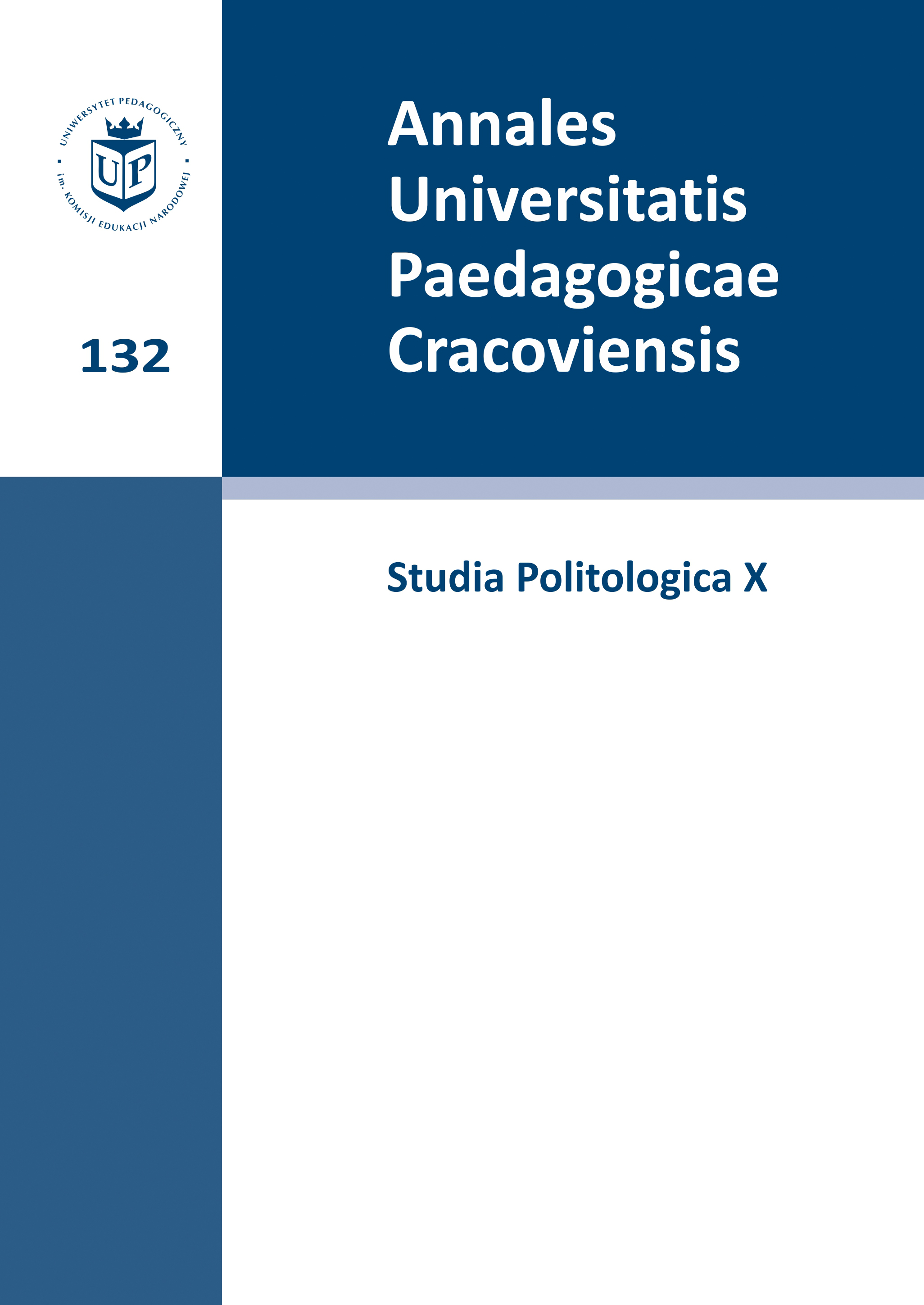Obraz małżeństwa z kobiecej perspektywy w okresie małej stabilizacji 1956–1970
Abstract
The aim of the article is to show, on the basis of the analysed diaries, the moral transformations that took place in the family model in the time of so-called „small stabilisation” (1956-1970). The research focused on the parameters crucial for the functioning of a family: marriage selection, financial and housing conditions, the style and quality of life. As far as the marriage selection is concerned, one can observe a tendency that is characteristic for the transformations within the family in the 20th century, namely that young people acquired more autonomy in choosing their partner although, in the Polish conditions, the need of parents’ acceptance of the spouse was still very strong. The age of entering the matrimony was also changing. 83% of women got married before they turned 25. A considerable change in the social structure of marriage also took place. It can be said that the former class divisions became blurred. In the analysed statements of the respondents, the desire to quickly leave the family home was listed as the most important reason for getting married at young age. The need of becoming independent, however, did not rule out emotional motives. Moreover, the qualities that were desired in the partners changed over decades. Some qualities that used to be considered indispensible, such as coming from a good family, became less important. Morally interesting was the shift in the field of having some possessions that would substitute the traditional dowry from the woman to the man. The financial and living conditions were extremely modest from today’s point of view. A large part of statements was devoted to terrifying descriptions of flats. In general, young people either rented modest flats or lived with their parents, which in turn generated conflicts. Despite that, the family bonds remained very strong. The style and quality of married life was connected to dividing the marital duties and the policy of hiring women. The transformation of the family model from patriarchal to partnership-based was gradual. In Polish People’s Republic a specific model of woman was created - “a courageous victim” who sacrificed herself for her husband and children and worked professionally at the same time.Downloads
Published
2015-08-07
Issue
Section
Scientific paper
License
Redakcja przyjmuje do druku teksty oryginalne, wcześniej niepublikowane. Treść czasopisma jest dostępna na licencji Creative Commons (CC-BY-NC-ND 3.0 PL)
Licencja ta zezwala na wykorzystanie materiałów opublikowanych w czasopiśmie w celach niekomercyjnych np. komentarza, krytyki, informacji, archiwizacji, nauczania lub prowadzenia badań, z poszanowaniem aktualnie obowiązującego prawa autorskiego (ustawa z dnia 4 lutego 1994 r. o prawie autorskim i prawach pokrewnych Dz.U. 1994 nr 24 poz. 83 z poźn. zm.). Zgodnie z wymogami licencji, konieczne jest dokładne podanie źródła cytowania lub parafrazowania oraz zachowanie tekstu w oryginalnej postaci (zakaz tworzenia utworów zależnych).

